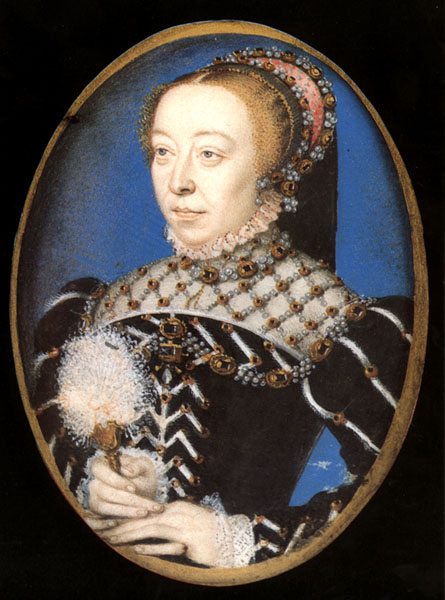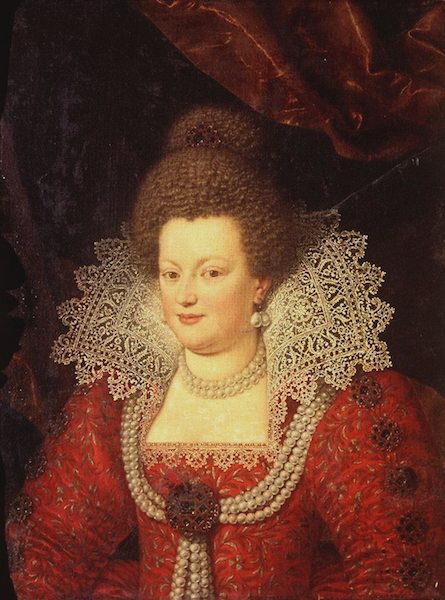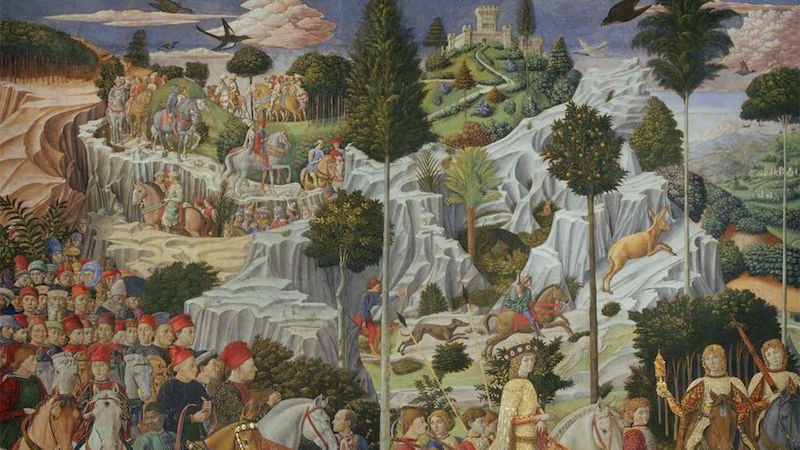House of Medici
Episode #8 of the course “Most powerful families in history”
One of the most important contributors to the Italian Renaissance, the Medici family of Florence was also one of the most powerful families in Italy during the 14th and 15th centuries. The House of Medici first appears in Italian documents in 1230 and gains some notoriety during the rise of the merchant class, but the dynasty truly begins with the founding of the Medici Bank in 1397. As the most respected bank throughout Italy, its owners were some of the wealthiest in Europe.
The House of Medici was connected to most of the significant families in Europe. As the merchant family gained wealth without titles, they secured power in the Catholic church as well through cunning exclusive trade agreements in the textile industry. Despised by many, multiple family members found themselves on the end of assassination plots and attempts to try to unseat them from their unofficial rule of Florence. Pope Clement VII (who was born Giulio di Giuliano de’ Medici) made his relative Alessandro de Medici the first Duke of Florence in 1532. The title was later elevated to that of the Grand Duke of Tuscany by Pope Pius V.
 Alessandro de Medici
Alessandro de Medici
The Medici family continued to be one of the most well-connected throughout Italy, extending their power in Europe until the 18th century. Two Medici daughters became Queens of France: Catherine de Medici (1547 – 1559) and Marie de Medici (1600 -1610). In addition, many Medici men served important roles in the Catholic church, including as Cardinals, Bishops, and four Popes.
 Catherine de Medici
Catherine de Medici
 Marie de Medici
Marie de Medici
The Medici were known for their love and support of the arts, architecture, poetry, and fashion, and they contributed vast wealth to universities and public projects in Tuscany and Rome. The Medicis were devout Catholics, presiding over the trials of Galileo Galilei and others. As their wealth and influence declined in the 17th and 18th centuries, the dynasty ended in 1705 because of bankruptcy and a lack of male heirs.
Share with friends

